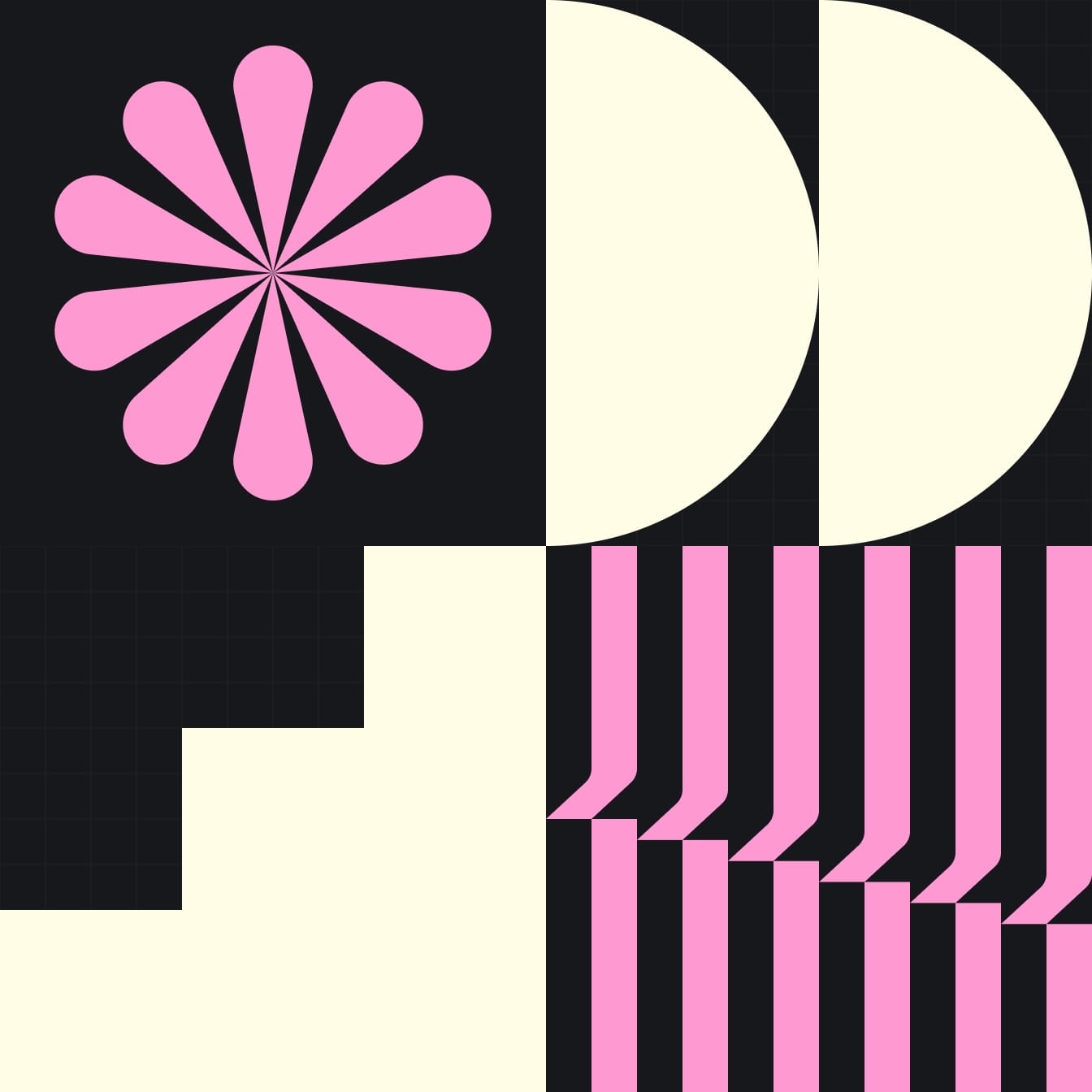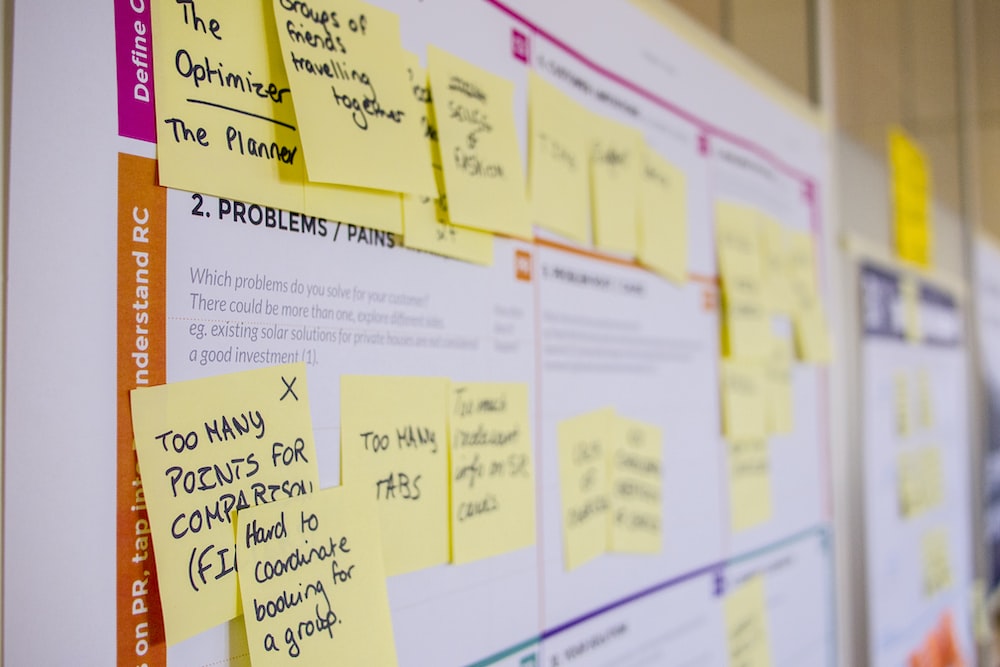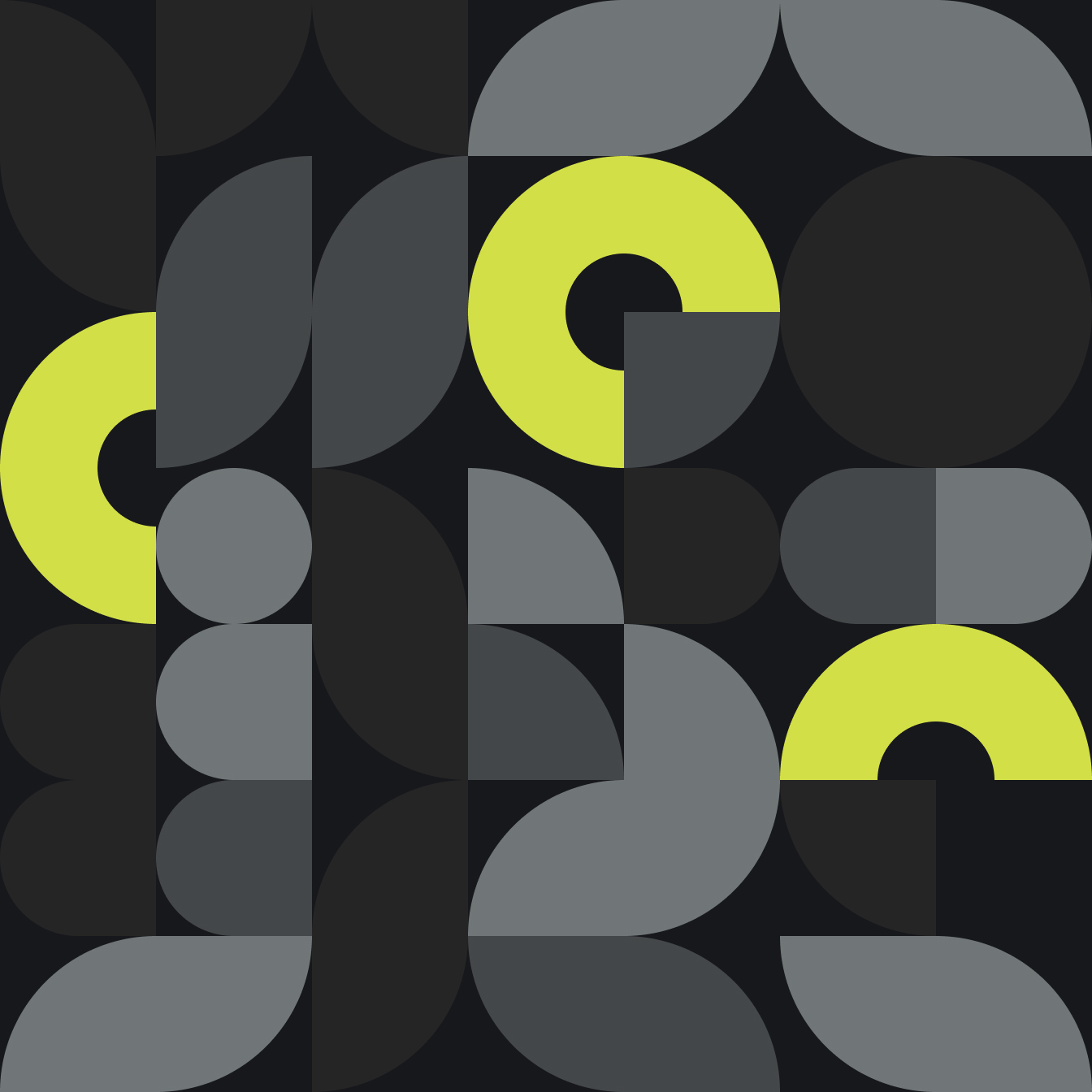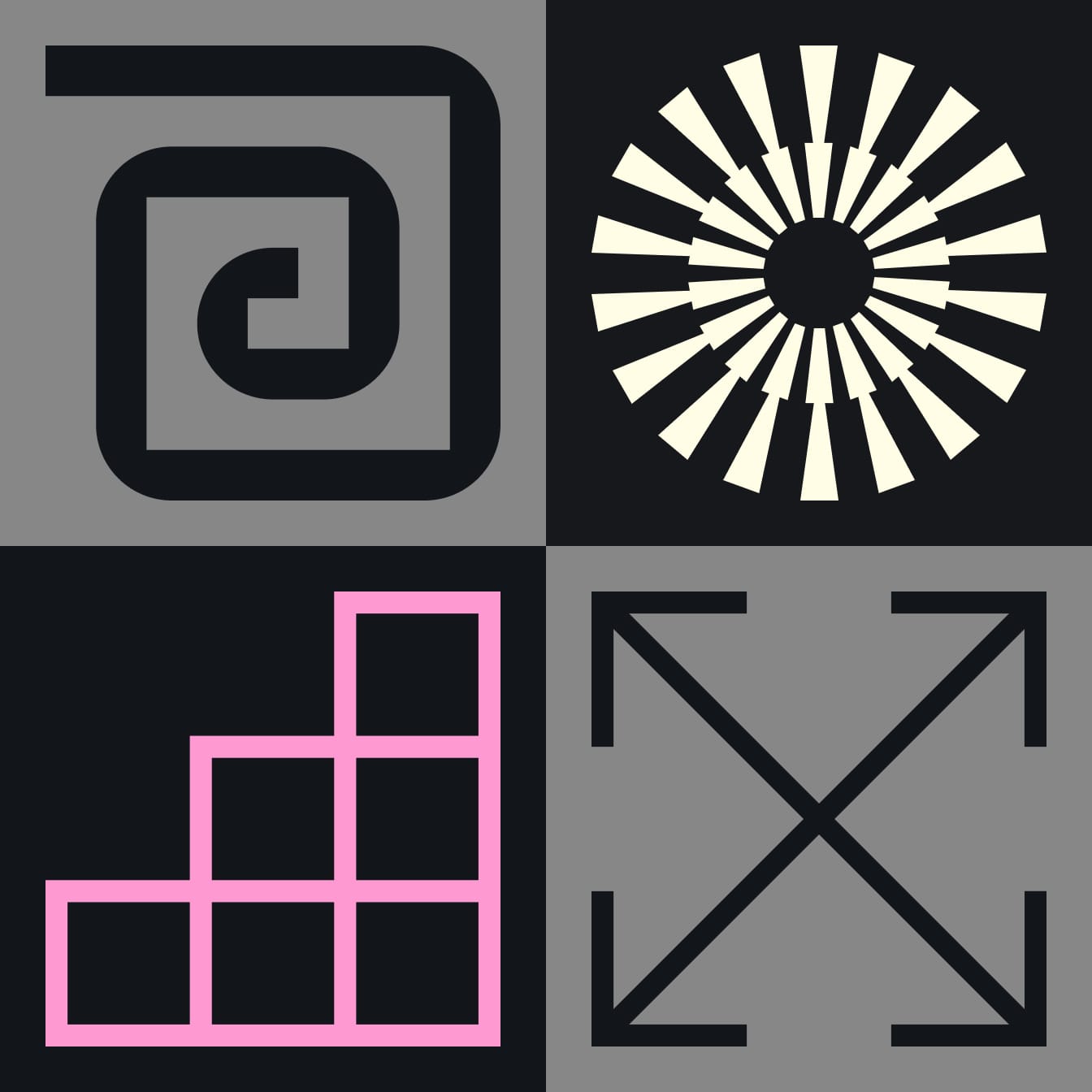
In the fast-paced world of design, it's not uncommon for companies to emphasize metrics that, at first glance, seem to indicate success. Traditional Key Performance Indicators (KPIs) such as time-to-market and productivity often dominate the corporate narrative. But what if we took a step back and reevaluated what truly drives innovation and growth in design? Let's explore how shifting our focus can create a culture that fosters creative growth.

1. Beyond Traditional KPIs: Emphasizing Quality and Problem-Solving
It's easy to get caught up in the numbers. After all, they provide tangible benchmarks for success. However, a design team that solely focuses on meeting deadlines and ticking off productivity boxes might be missing the bigger picture. Instead of strictly adhering to these KPIs, we should pivot our attention towards quality, efficiency, and most importantly, problem-solving. It's these qualitative measures that often lead to groundbreaking designs and happy clients.

2. The Right Environment: Prioritizing Upskilling
A designer is only as good as their tools and skills. In order to push the boundaries of what's possible, designers need to be in an environment that encourages continuous learning and upskilling. Whether it's mastering a new software or attending workshops on the latest design methodologies, fostering a love for learning can significantly elevate the quality of work produced.

3. Efficiency and Learning: A Partnership for Long-Term Success
Efficiency isn't just about speed; it's about doing things the right way. By focusing on learning the best practices and methodologies in design, we can ensure that our processes are not only fast but also effective. Over time, this focus on efficient learning leads to a more skilled team and better outcomes for projects.

4. The Value of Taking a Break: Learn Differently
While there's merit in the age-old saying, "practice makes perfect," it's also essential to recognize when to take a step back. Sometimes, the best way to approach a design challenge is to take a short break, enroll in a tutorial, or even seek guidance from a colleague. It's essential to understand that repeatedly making mistakes without seeking guidance can be counterproductive. Learning from failures is crucial, but it's equally important to recognize when a fresh perspective or new approach is needed.

5. Embracing Healthy Competition: Quality Over Quantity
Building a team that prioritizes quality over sheer output can significantly impact the kind of work produced. Encourage a culture where designers challenge each other to produce their best work, rather than the most work. Such an environment can lead to more innovative solutions, as designers push each other to think outside the box.

Cultivating a culture of creative growth in design isn't about dismissing traditional metrics but rather about supplementing them with a focus on quality, learning, and innovation. By making these shifts in perspective and priorities, design teams can thrive, producing work that stands out in both functionality and creativity.



